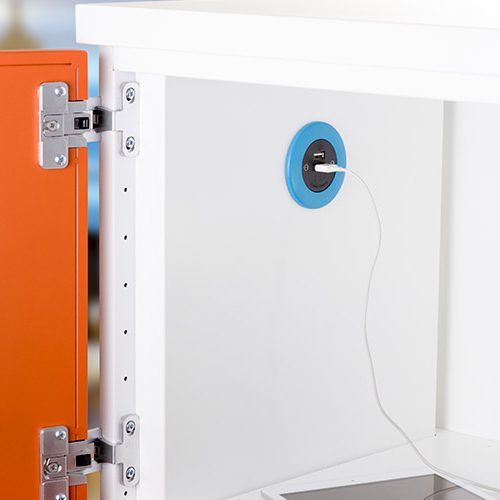
USB was introduced in 1995 and quickly became one of the most essential pieces of equipment to own! From plugging a mouse into your PC, charging your laptop or mobile phone to plugging in external hard drives/printers or cameras.
Universal Serial Bus
Since 1995 USB has evolved, with each USB version increasing the speed at which data can be transferred, along with additional functionality.
How does USB charging work?
When it comes to USB charging, there is always one host and one device, power comes from the host (i.e.: PC) to the device (i.e.: mobile phone) and data carries freely between them both. A USB cable contains 4 wires and a USB socket contains 4 pins. The pins on the outside provide a 5v power supply, while the inside pins carry data.
Is USB charging slow?
This all depends on the USB charging socket’s amperage. iPads typically require around 2.1amps to charge, but a smartphone would only need around 1.0amp. Our new TUF-R® A+C USB charger offers different supply voltages depending on the device being charged. When a device is plugged into either the Type A or Type C socket, a digital ‘handshake’ takes place, allowing the TUF to charge the device at the optimum level.
Are all USB ports the same?
No, there is one standard and many connectors. Below is a breakdown of the different types of USB connector.
What is the difference between a phone USB charger and a tablet USB charger?
Tablet chargers generally have a higher rating than phone chargers, check the rating of the chargers, this is to ensure that the output is correct for your device. Just because they have the same physical connection doesn’t mean that the output will be the same. Incorrect charge could mean damage to your device and the potential risk of overheating and fire.
What can you charge with a USB?
Smartphones, Tablets, Digital cameras, dash cameras, satellite navigation systems, Kindles and other reading devices, Portable Bluetooth speakers, Bluetooth headphones, Wearable tech (GPS watches), Fitness devices and wristbands and Battery power banks.
Different Types of USB Connector

The newest version of USB is USB C, USB C is reversible and slim and is used for charging phones and tablets.
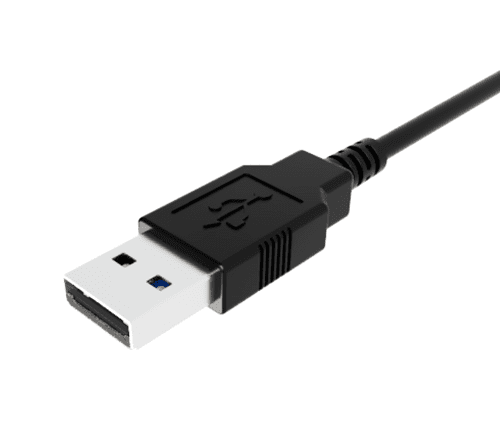
The most common USB connector that is found on the end of many cables. Types 1, 2 & 3 are all compatible with one another.
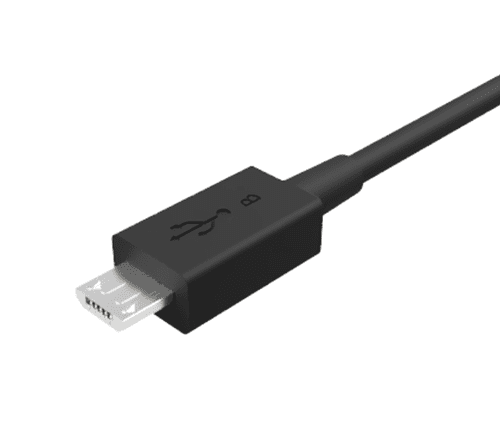
USB Micro B is used for charging modern Android mobile phones and tablets.
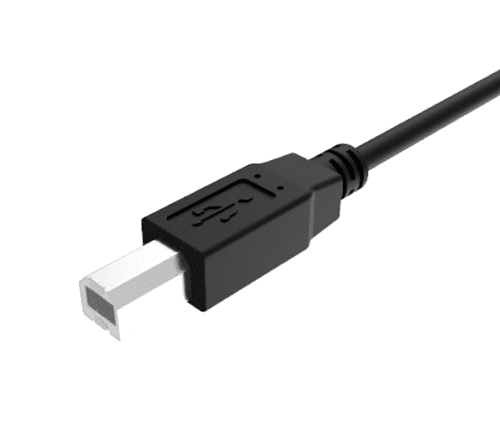
This USB is more commonly used for printers and scanners
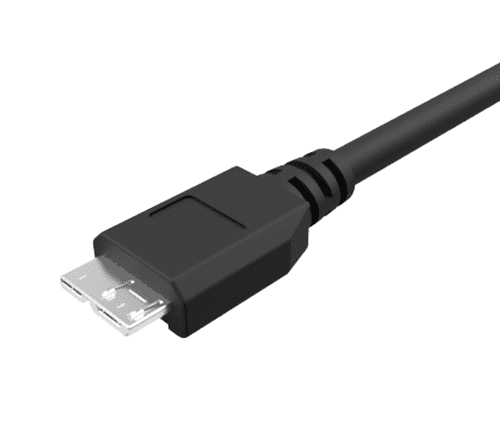
USB 3.0 Micro B also known as Micro-B SuperSpeed is used for transferring extra data
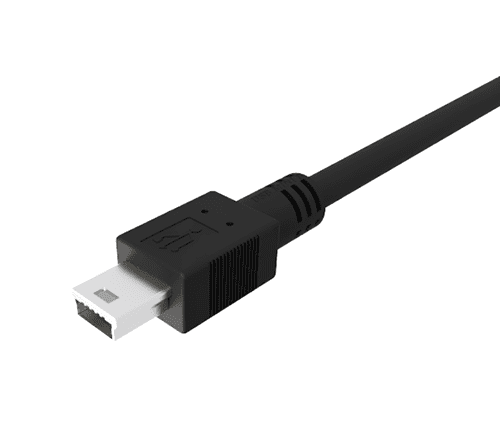
USB Mini B is used for charging older mobile phones, MP3 players and digital cameras.
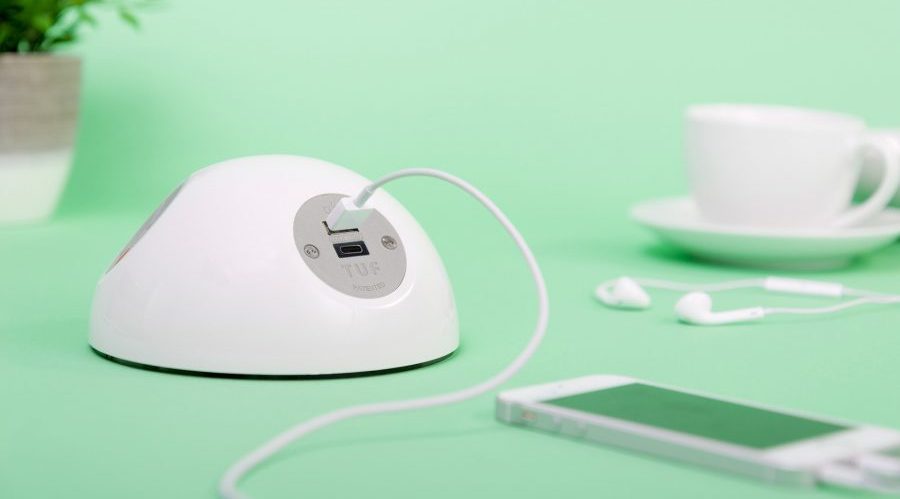
OE Electrics’ TUF-R® PD (25W) is our next generation USB fast charging module incorporating the latest Power Delivery technology and a world first reversible USB A port. The new TUF-R® PD (25W) USB charger enables mobile devices to charge at optimum speeds. For a low battery boost, a quick 10-minute charge is all that is needed to add around 20% for the latest phones. The A and C outlets have 3-4 supply voltages available depending on the device being charged. TUF’s Intelligent Device Recognition (IDR) ensures your device is charged at the optimal level in the shortest time.
| Cookie | Duration | Description |
|---|---|---|
| cookielawinfo-checkbox-analytics | 11 months | This cookie is set by GDPR Cookie Consent plugin. The cookie is used to store the user consent for the cookies in the category "Analytics". |
| cookielawinfo-checkbox-functional | 11 months | The cookie is set by GDPR cookie consent to record the user consent for the cookies in the category "Functional". |
| cookielawinfo-checkbox-necessary | 11 months | This cookie is set by GDPR Cookie Consent plugin. The cookies is used to store the user consent for the cookies in the category "Necessary". |
| cookielawinfo-checkbox-others | 11 months | This cookie is set by GDPR Cookie Consent plugin. The cookie is used to store the user consent for the cookies in the category "Other. |
| cookielawinfo-checkbox-performance | 11 months | This cookie is set by GDPR Cookie Consent plugin. The cookie is used to store the user consent for the cookies in the category "Performance". |
| viewed_cookie_policy | 11 months | The cookie is set by the GDPR Cookie Consent plugin and is used to store whether or not user has consented to the use of cookies. It does not store any personal data. |